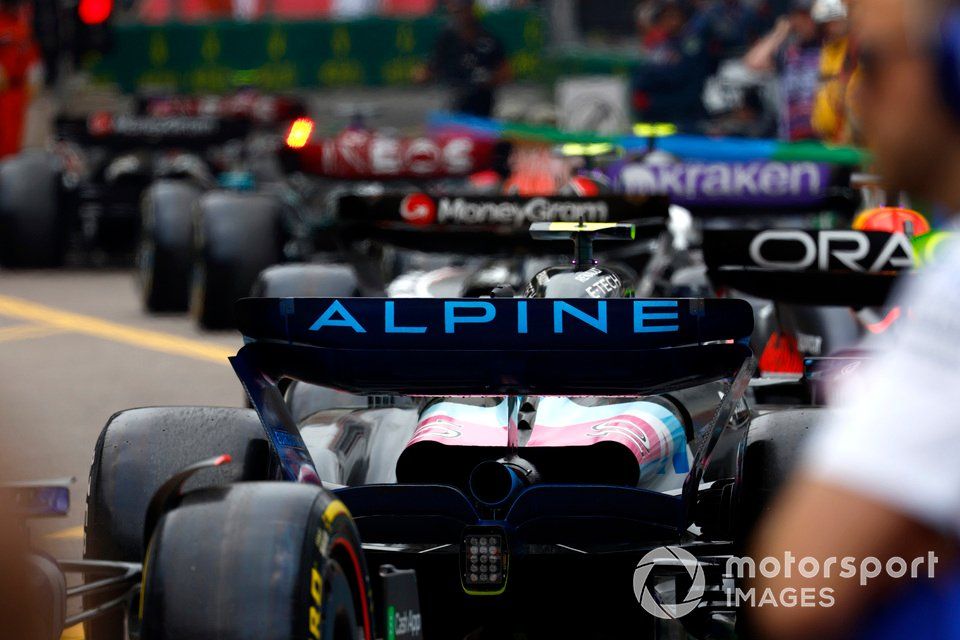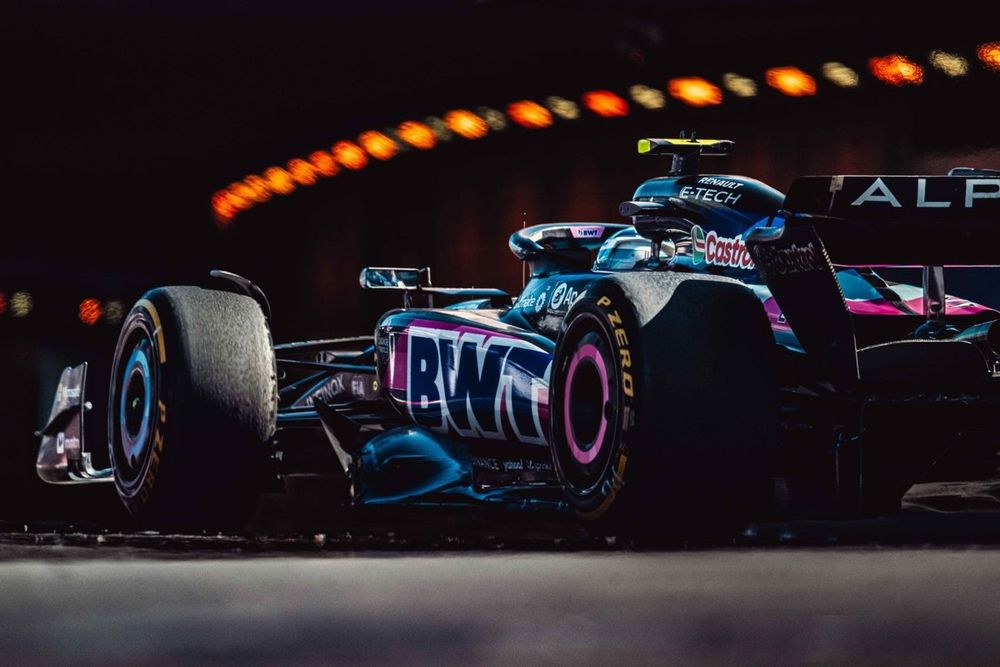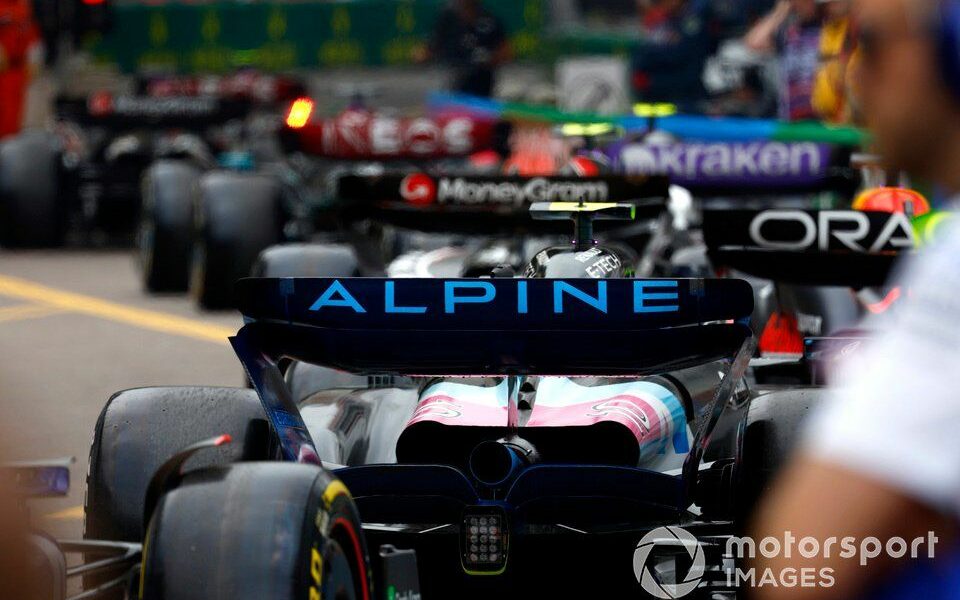The possibility of Alpine shifting its approach and becoming a customer team in 2026 opens up some interesting dynamics surrounding Formula 1’s engine supply rules.
Any move to shut down Renault’s F1 engine project would require Alpine to secure a supply from elsewhere – which is not the work of the moment with teams already quite locked down with their plans.
But, as part of the regulatory framework that F1 operates under, there is no risk of Alpine being left without a power unit deal because it will be guaranteed one for 2026 if no deal is in place by May 15 of next year.
The 2026 power unit technical regulations lay out the minimum number of teams that a manufacturer may be called upon by the FIA to supply.
This is based on a formula that is laid out in the regulations which demands that a manufacturer must be willing to supply the number of teams equal to ‘T’, as defined by a formula.
This is worked out as below:
T = (NTOT-A)/(B-C), where:
- T is rounded up to the next whole integer
- A = Total number of Competitors (including “works/factory” Competitors) having a supply agreement concluded for year N with a New PU Manufacturer.
- B = Total number of manufacturers of homologated PUs for year N.
- C = Total number of New PU Manufacturers for year N. –
- NTOT = is set to 11 and is related to the “total number of entered Competitors” for year N, which is not known until November of year N-1. This number may be reviewed if the number of Competitors exceeds 12.
Should Renault pull out as an engine supplier, leaving F1 with five manufacturers (Audi, Ferrari, Mercedes, Honda and RB), then the formula to work out ‘T’ is as below.

Pierre Gasly, Alpine A524
Photo by: Sam Bloxham / Motorsport Images
Eleven teams minus three (for Red Bull, RB and Audi) / five manufacturers minus two new entrants (Audi and Red Bull).
This results in 2.66, which rounded up to the next whole integer is three.
So, this effectively means a manufacturer has to be willing to supply up to three teams.
At the moment, Mercedes is the only one doing that for 2026, with its own works entry plus deals in place with both McLaren and Williams.
The rules state that in picking a manufacturer to supply a team without a deal, the first one to be chosen will be the one which is supplying the fewest competitors.
For 2026 – with Ferrari supplying Haas and Red Bull providing RB with power units – that leaves Audi and Honda as the only manufacturers delivering engines to one team.
However, a clause in the regulations states: “A New PU Manufacturer will not be required to comply with the obligation of supply as set out above.”
This means that Audi would not be required to fulfil the criteria, meaning that Honda would have to sort a customer deal out alongside its current works arrangement with Aston Martin.
But this all depends on Alpine not getting a deal off its own back because there is now the possibility of Mercedes supplying the squad in 2026 if the German manufacturer wants to, even though it is currently at maximum capacity according to the regulations.

Pierre Gasly, Alpine A524
Photo by: Alpine
As part of the future engine rules, a limit has been laid down in terms of the number of teams that can be supplied.
Article 1.2.3 of Appendix 5 of the PU Technical Regulations states: “Unless agreed otherwise by the FIA, each of the PU Manufacturers of a homologated PU may not directly or indirectly supply PUs for more than (T+1) teams, with T as defined in Article 1.2.2.”
At the moment, with Renault meaning there are six manufacturers, the T formula works it out to be 2 (11-3/6-2), so with Mercedes supplying itself, McLaren and Williams it is already at T + 1.
However, should Renault withdraw and reduce the manufacturer entrants to five, then T jumps to 3, meaning Mercedes could supply four teams if it wanted to.
All eyes are now on Alpine and Renault to see what they decide to do and feel is the best way forward from both a financial and competitive perspective.

